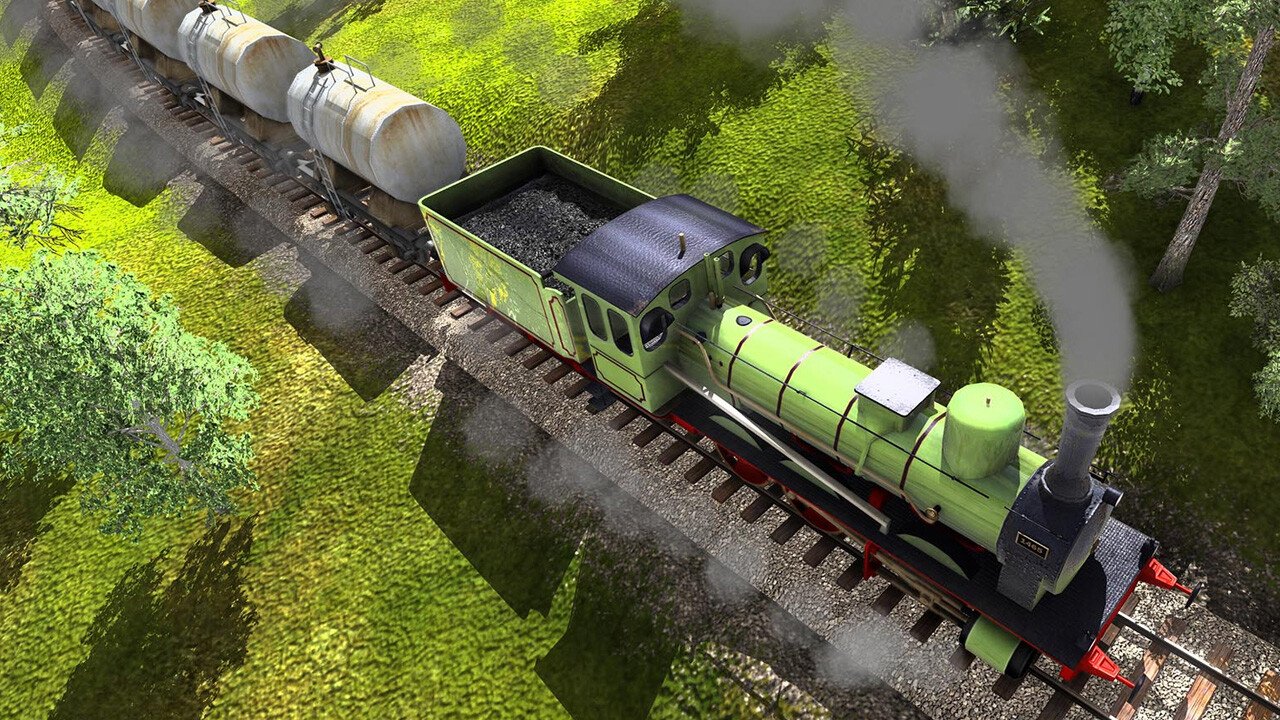Now Boarding
There are games that simulate the driving of vehicles, such as flight sims and yes, even a game that lets you drive trains. Then there are games that simulate systems, such as SimCity or Sim Hospital that give people control of entire infrastructures so that they can develop an appreciation for just how complex these organizational entities are. Train Fever, falls into the latter and, as the name suggests, is about trains. And buses. But more specifically, it’s about the tracks and roads that these systems rely on. So, is this something you think you’d be interested in?
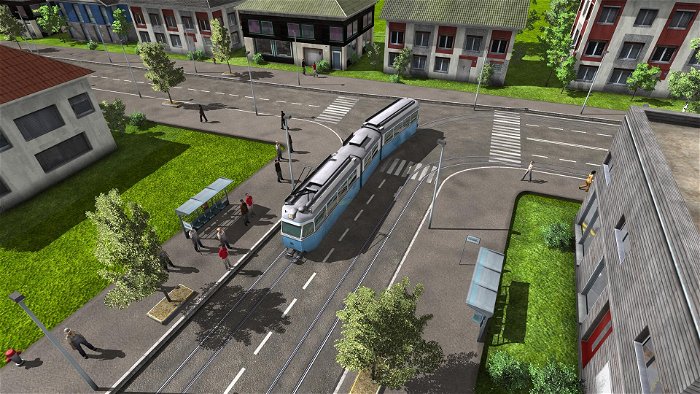
The March Of Time & Asphalt
Train Fever is all about starting out in a vaguely European or American landscape in the year 1850, and then meticulously laying out streets and train tracks, watching as the miracle of economy helps both the local towns and your transportation infrastructure to prosper. This, right here, should be your first indicator of whether this kind of game is for you. Fans of Demon’s Souls, the door is just over there, thanks for visiting.
In the graphics department, this game is exactly what you’d expect from a small developer making a game with a “god’s eye view.” It doesn’t look like much from far away, but some nice—though not impressive—details show up as you move the camera closer and closer. Because of the geometry intensive nature of huge landscapes rendered in real time with buildings and people, this can be surprisingly demanding on computers. My mid-range set up was not up to the task of smoothly running this game all on high settings, so I had to drop it down a few notches to get smooth gameplay. The sound is clearly budget, with a handful of functional sound effects and modern music that is chronologically incompatible with the 19
century period the game starts out in, but, once again, this is a smaller, indie effort.
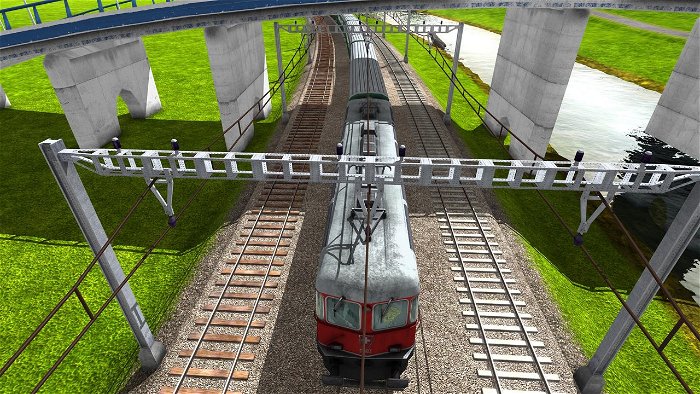
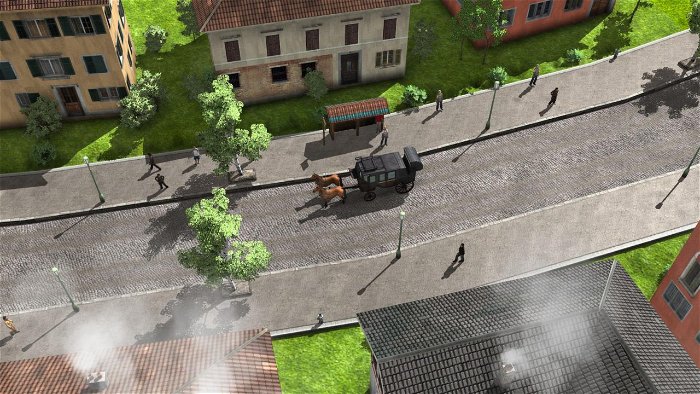
What will really determine whether this game is for you or not is just how much homework and experimentation you are willing to do with this game. Like older simulation games, there’s little in the way of hand holding here, and the tutorials available at the start are EXTREMELY basic. They won’t explain little things like how important it is that bus stops are placed on the same side of the street, or at what gradient a train will need a tunnel built, rather than simply laying track on top of it. These little things can impede your progress in significant ways, but it’s up to you to figure this out either through trial and error, or retreating to the Internet for answers.
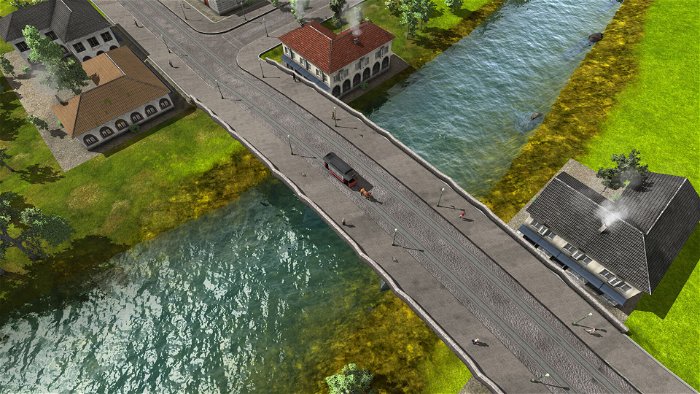
As with any simulation game that has a historical aspect, there’s a certain fascination in seeing the evolution from steam engines to diesel and electric trains, as stage coaches graduate to buses, but while Train Fever has its heart in the right place, its design, while functional, is in no way easy. It’s basically a menu driven game, and once again relies on players to do their homework to figure out exactly what all these choices do. The laying out of tracks and roads takes a lot of micro-management and, once again, homework.
The interface is also unintuitive and clunky in many places. Even the process of placing a bus stop or train tracks involves multiple steps to get to the functions you want, rather than having dedicated buttons or interface sections for these functions. There are also game assist functions that don’t work very well. For example, the game has a system built in to help players automatically lay out tracks or roads, requiring players to pick their starting point, move to their finishing point and the game will plot out all the points in between. In practice, it doesn’t work well. The game often picks the most inefficient—and thus most expensive—route, meaning players are better off ignoring this function entirely and laying out streets or train tracks a segment or three at a time to their final destination, which, going from town to town, negotiating rivers and hills, can take a VERY long time.
There’s also a question of longevity. In most games that tackle broad systems, such as Sim City or Civilization, there are many different tasks for the players to busy themselves. Whether it’s researching technology, or figuring out the placement of power lines, players deal with the “downtime” of any one aspect of the game by simply engaging another aspect. Train Fever doesn’t offer that same breadth of activity. It’s about the buses and trains, and the things they travel on, and little else. It severely limits the amount of things you can do in the game, and a sense of monotony and repetition can settle in very fast as a result.


In the end, Train Fever has been designed to serve a very, VERY specific need; people that love to tinker with the infrastructure of public transportation. However, the execution of the interface, and the requirement for players to do extensive homework to learn how to play the game make wrestling with the game itself as much of a challenge as building a railway network. If the concept of this game tickles your fancy, just go in aware of the fact that you’ll have to do a lot of your own research just to figure out how to play. The game’s not actually broken, it just doesn’t feel the need to explain itself to users, expecting them to make up the difference.
